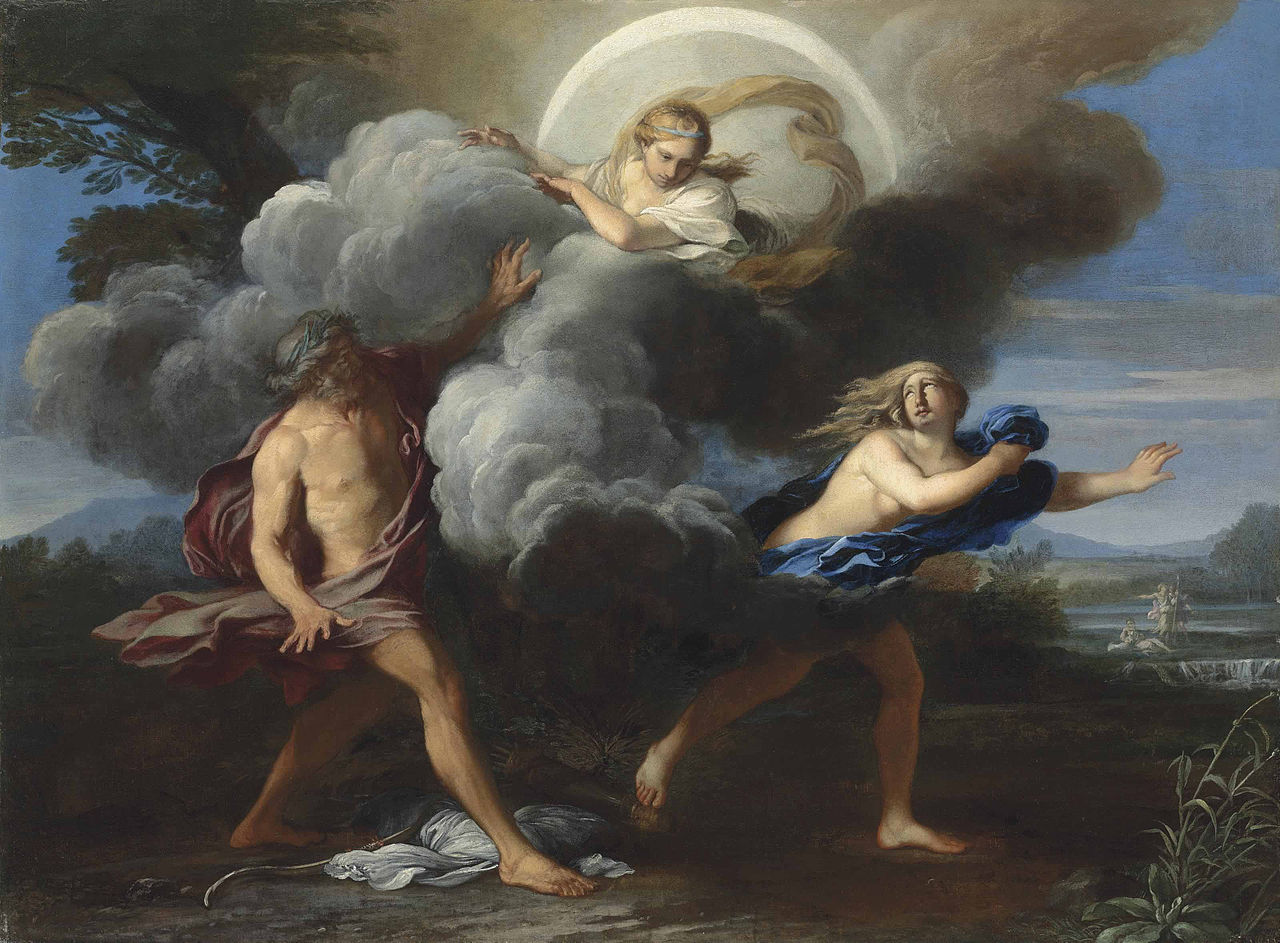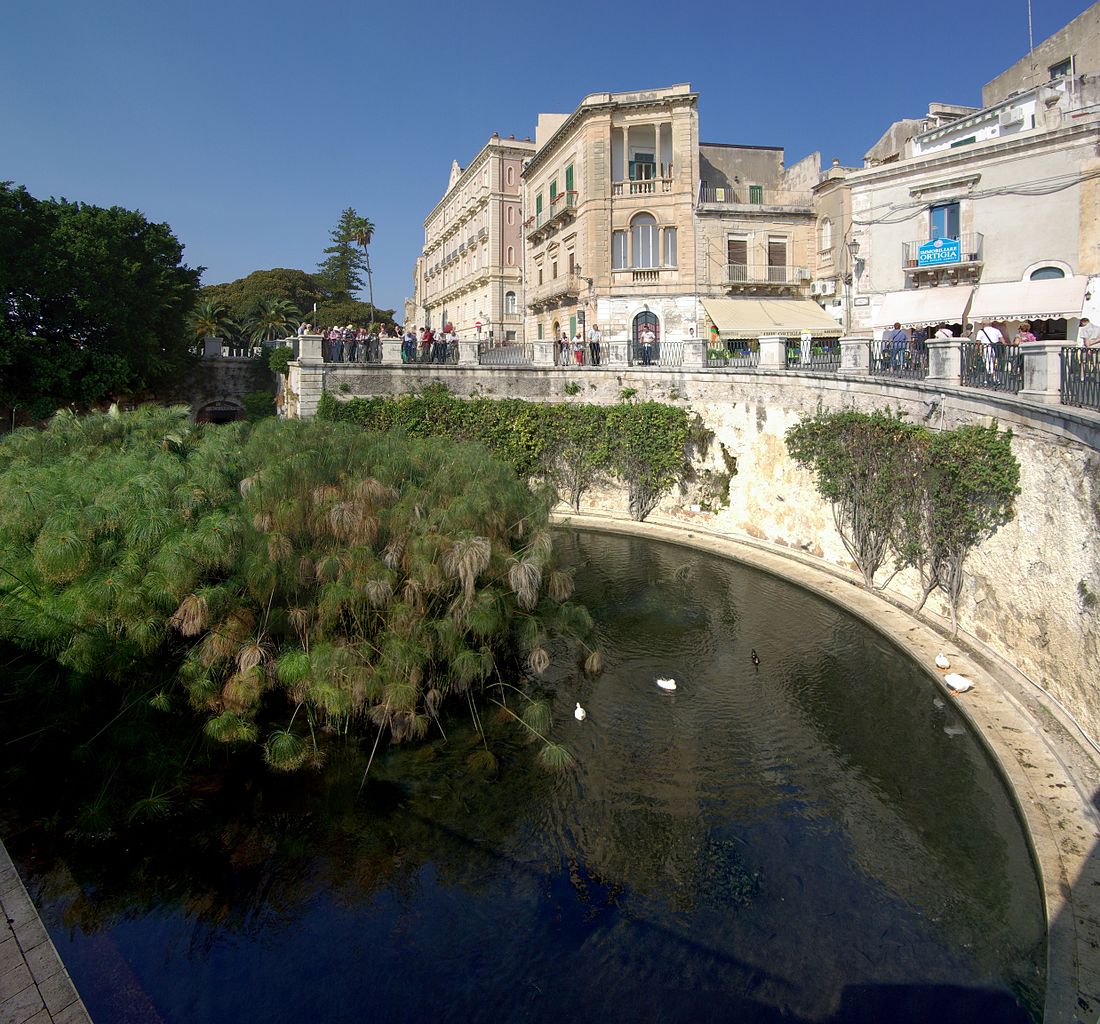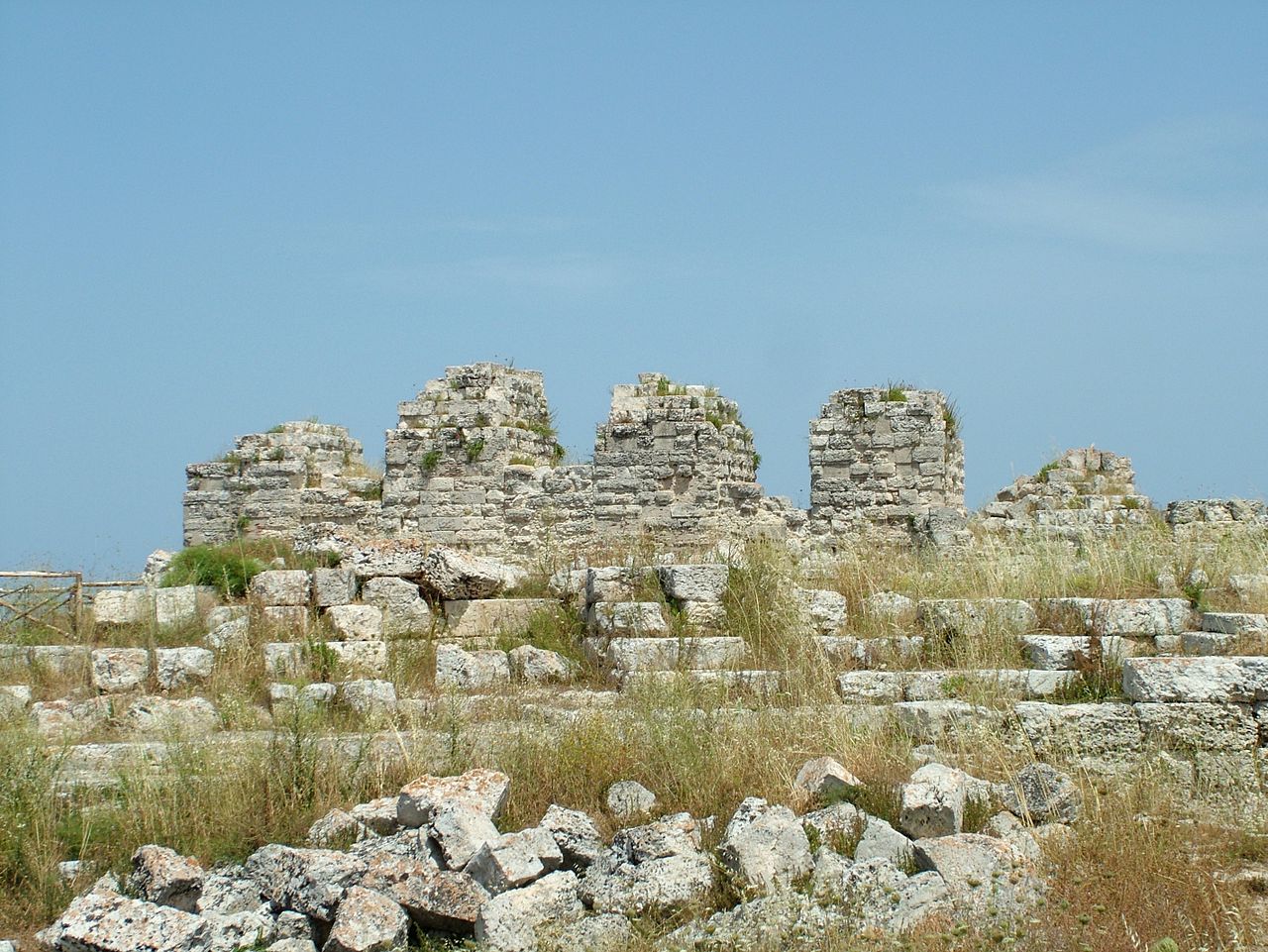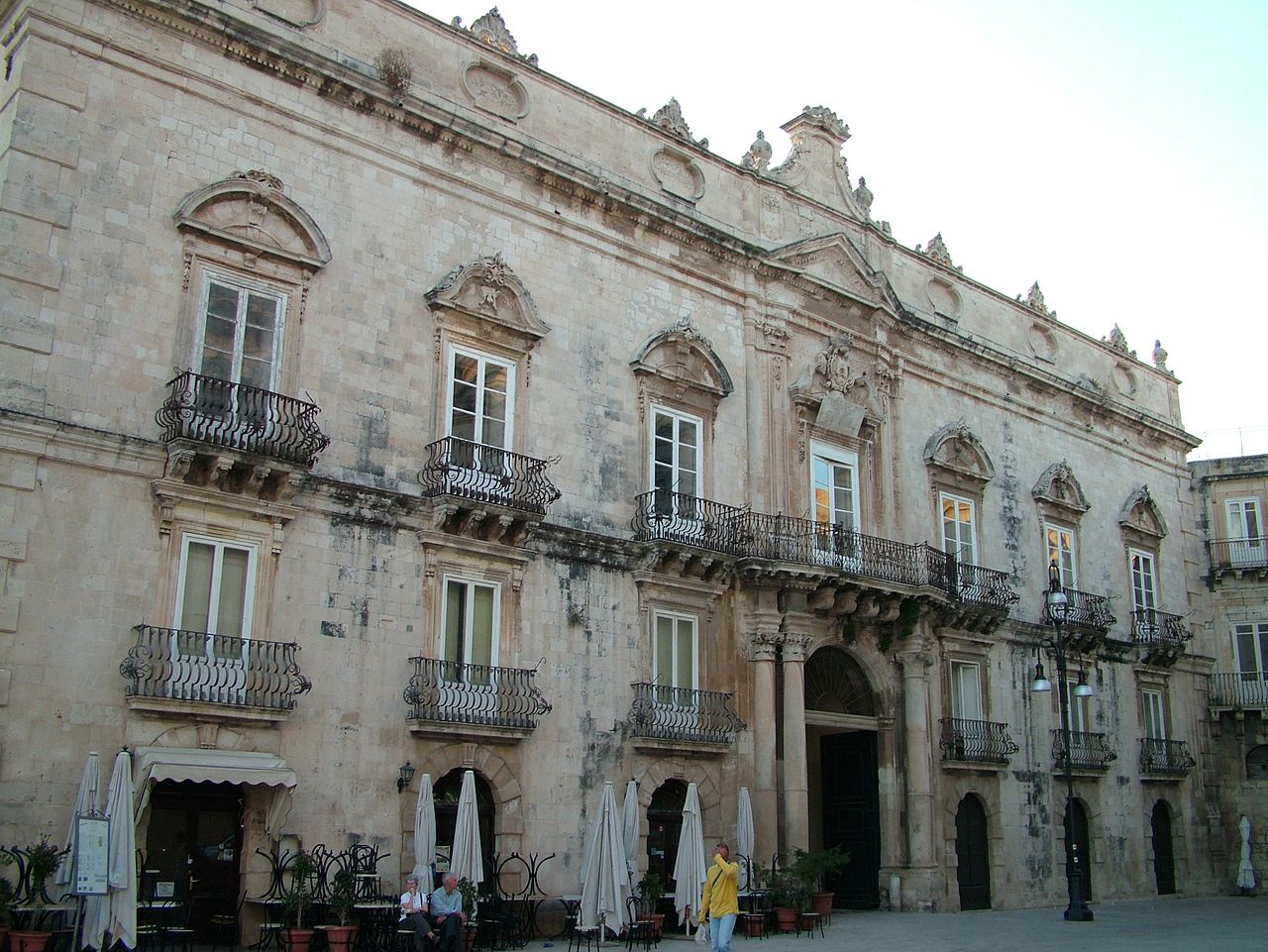The Arethuse Spring and its legend
“In the vaporous sea Ortigia lies / Above Trinacria where the mouth / Spreads from the Alfeo, which unites the waters / To the spring of Arethusa.” Thus the Oracle of Delphi pronounced himself addressing Archia, the founder of Siracusa, before embarking on his journey.
The Arethusa Spring has always been linked to the ancient origins of the city, it represents the social and religious link between Syracuse and Greece, between the Greek colonists and the homeland of origin and has become one of the symbols of the city.

Over the centuries, the fountain has exerted a considerable charm among writers, historians and travelers, also thanks to the link with the myth of Arethusa. Legend has it that the nymph Arethusa, to escape the love of Alphaeus (river of the Peloponnese) was transformed by Artemis into a spring. Zeus, driven by the requests of the lover Alfeo, allowed him to pass under the waters of the Ionian Sea to flow to Ortigia and join forever the nymph Arethusa. Alfeo is identified in a source of fresh water (called Eye of the Zillica) that flows into the Great Port of Syracuse a short distance from the source and today the promenade that runs along the source is called “Alfeo Promenade”. The myth was told by Ovid in his Metamorphoses and inspired ancient poets such as Cicero, Pindar, Virgil, Theocritus and modern poets such as Carducci, Quasimodo, D’Annunzio, Milton and Shelley.
Admiral Nelson was also fascinated by the fountain from which he drew water for his ships in 1798 before beating Napoleon at Abukir in Egypt.
Ortigia has a geological conformation composed of a rock with natural fractures, a type of rock that lends itself to the filtering of water naturally. The Arethusa Fountain is nothing more than one of the many outlets that the Hyblaean water table has in the Syracuse territory, the same that feeds the Ciane river on the opposite side of the great harbor. Throughout Ortigia there is a series of natural springs and sources that flow out below or at the average sea level. Other natural springs in Ortigia are the Fountain of the Slaves, the miqwè (Jewish bath) in Via Alagona, the Queen’s Bath in the Castello Maniace.

The Arethusa Spring is called by the Syracusans “Fountain of the Ducks” because of the numerous ducks that are inside it as well as the numerous sweet water fishes. The presence of the papyrus plant that grows spontaneously inside the Arethusa Spring and along the banks of the Ciane River is also curious and surprising. These are the only wild papyrus plants in the whole of Europe.
Over the centuries the Fountain has undergone many changes. Cicero describes it as “an incredibly large spring, teeming with fish, and so located that the waves of the sea would submerge it if it were not protected by a massive stone wall”. The source was accessed from the city plan at sea level through a steep staircase. There stood a door, called Saccaria (destroyed by the earthquake of 1693), from which it seems that the Romans penetrated during the conquest of the city 212 BC). In 1540, the Fountain was incorporated into the fortifications when Charles V strengthened the military structures of Ortigia. In 1847, the semicircular reservoir of the Arethusa Fountain took on its present appearance when the ancient Spanish bastion was demolished, and the belvedere next to the Fountain is what remains of it.
THE FOUNTAIN CAN BE ADMIRED FROM THE OUTSIDE


